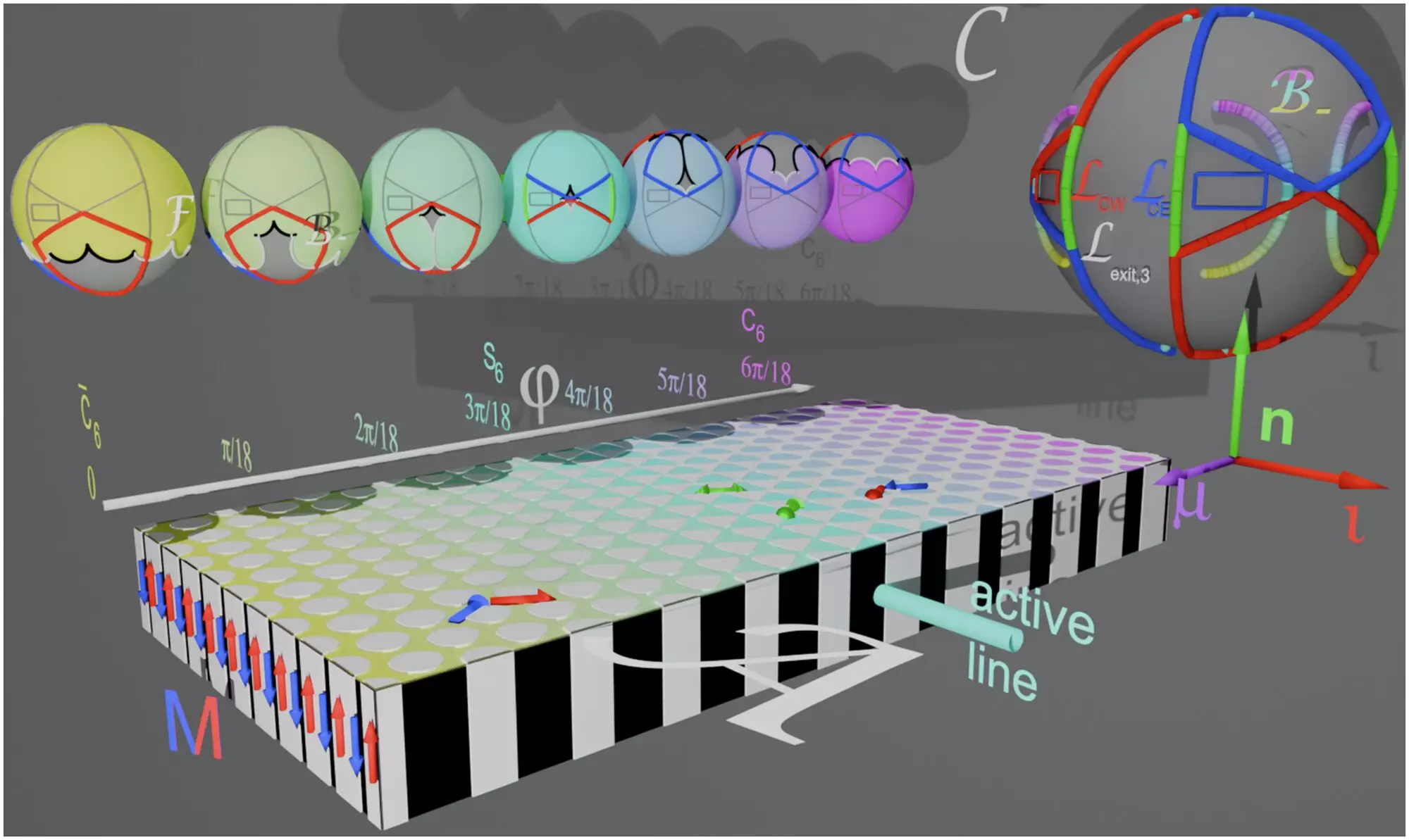In an exciting leap forward for nanotechnology, researchers at the University of Bayreuth have unveiled a groundbreaking approach to engineering physical micro-runners. Utilizing an external magnetic field, the team has orchestrated the assembly of paramagnetic colloidal spheres into precise rod-like structures. This ability to manipulate tiny particles that fall within the micro- or nanometer range opens up vast potential in various fields, most notably in medicine, where these elements could serve as efficient carriers for biochemicals.
The study, published in Nature Communications, invites a reevaluation of traditional methods for particle assembly and manipulation. What sets this research apart is its focus on the “biped factory” concept. In this ingenious setup, microspheres are connected through magnetic forces, resulting in the emergence of self-operating bipeds that autonomously run away upon reaching maturity. This independence from constant external manipulation is a significant breakthrough, as it ushers in new possibilities for how we might design systems at a microscopic scale.
The Dance of Paramagnetic Particles
At the core of this research is a sophisticated magnetic metamorphosis pattern composed of oppositely magnetized domains. Depending on their spatial arrangement, these domains guide the behavior and growth of the paramagnetic microspheres. Researchers implemented a time-dependent magnetic loop, allowing for controlled movement during specified intervals. This innovative technique can direct different particles in distinct trajectories, facilitating their assembly into rods of various lengths.
The precise engineering exhibited in these experiments demonstrates not just a new method of particle movement, but also a comprehensive blueprint for understanding how micro-runners can be designed and programmed. The team successfully produced bipeds in six different lengths, showcasing the versatility of the method. Such capabilities could revolutionize the way we handle drug delivery systems, allowing for tailored solutions that could improve efficacy and reduce side effects in clinical applications.
Collaborative Efforts Yield Remarkable Results
The success of this research can be attributed to a collaborative effort that spanned across the University of Bayreuth, the University of Kassel, and the Polish Academy of Sciences. Teamwork in scientific exploration often leads to rich insights, and this case exemplifies how diverse expertise can converge to fuel innovative breakthroughs. The seamless integration of knowledge from different fields not only enhances the depth of the research but also paves the way for future projects that continue to push the boundaries of what’s possible in nanotechnology.
As the potential applications of these micro-runners begin to crystallize, one cannot help but feel a wave of optimism for the future. The ability to harness and control such tiny entities that behave in sophisticated ways has implications that extend beyond medicine. Whether it’s in environmental monitoring, materials science, or robotics, the groundwork laid by this research enables us to envision a world where microscopic engineering plays an integral role in solving complex challenges. In essence, the development of these ingenious micro-runners marks a significant milestone in our ongoing quest to merge the microscopic with the macroscopic in innovative, beneficial ways.

